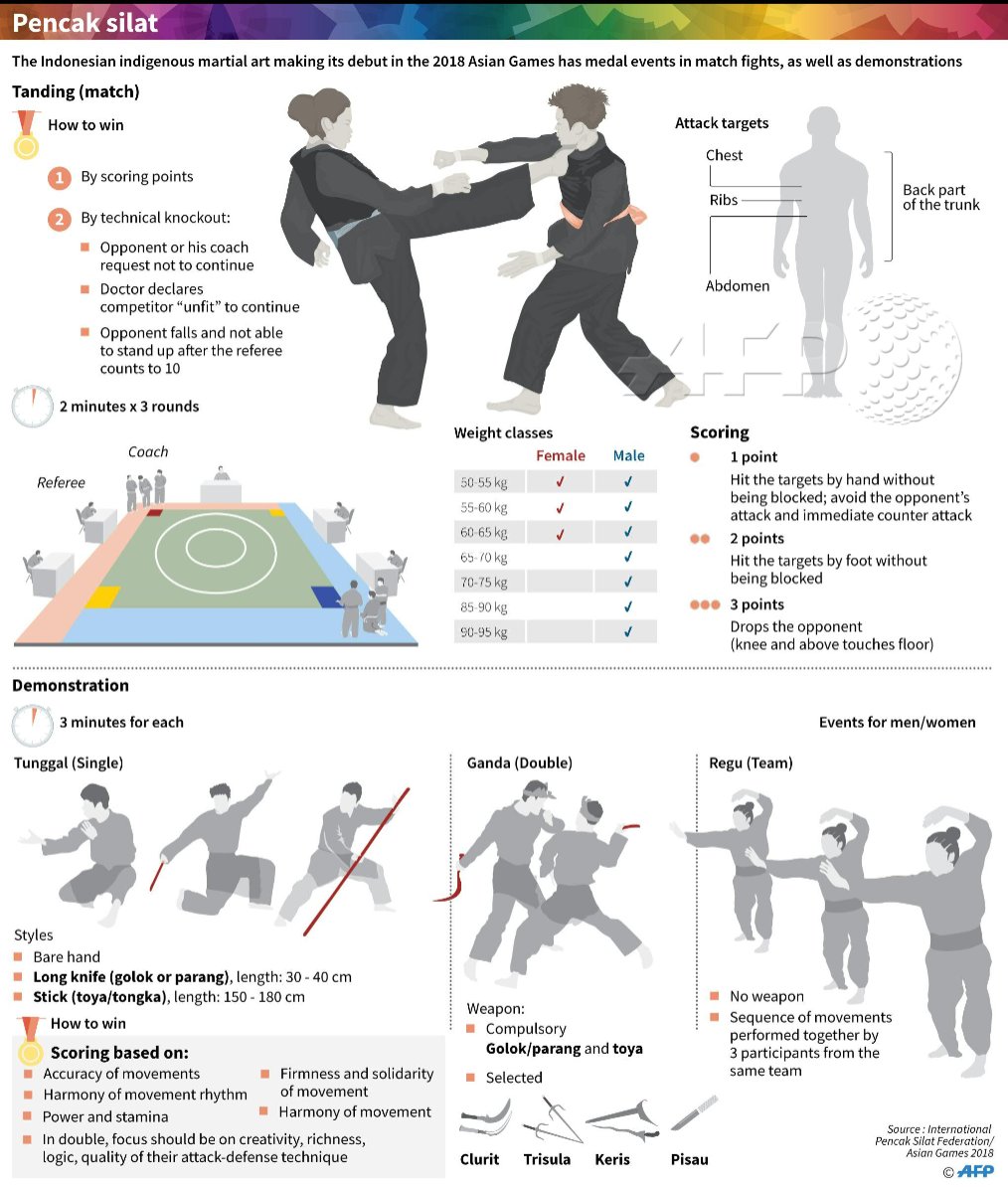The Development And Historic Importance Of Martial Arts Across Different Societies
The Development And Historic Importance Of Martial Arts Across Different Societies
Blog Article
Article By-Hess Liu
Martial arts have a remarkable background that spans centuries and continents. You could find it intriguing just how ancient techniques like Shuai Jiao and Kalaripayattu laid the groundwork for modern-day battle methods. These self-controls not just stress physical abilities but also show the societies that birthed them. As you discover their advancement, think about how globalization has transformed these traditional kinds into crossbreed styles. What impacts do you believe have shaped today's martial arts landscape?
Ancient Martial arts: The Foundations of Combat
As you look into the globe of ancient martial arts, you'll find the rich structures that formed combat strategies across cultures. Very early techniques concentrated on Self-Defense and survival, typically integrating strikes, grappling, and weaponry.
In ancient China, for example, methods like Shuai Jiao emphasized throws and joint locks, while India's Kalaripayattu showcased dexterity and fluid movement. Japanese samurai created Kenjutsu, a refined swordsmanship that highlighted discipline and approach.
These martial arts served not just for fight yet additionally as a way of personal development, instilling worths like regard and perseverance. The blending of these methods over time prepared for the varied martial arts you see today, each showing the special viewpoints and needs of its culture.
The Cultural Influence on Martial Arts Advancement
While martial arts frequently mirror the practical requirements of a culture, they additionally personify the cultural worths and beliefs of their origins. When you explore various martial arts, you'll discover just how they're influenced by religion, ideology, and social standards.
As an example, the emphasis on respect and discipline in Japanese martial arts stems from Zen Buddhism and samurai culture. On pop over to this website , Brazilian Jiu-Jitsu promotes versatility and method, shaped by the need for performance in a varied, multicultural atmosphere.
You may locate that the rituals, uniforms, and training techniques mirror an area's background and identification. By comprehending these cultural influences, you strengthen your gratitude of martial arts and their duty in shaping human experiences across the globe.
Modern Adaptations and the Globalization of Martial arts
Martial arts have actually changed considerably in current decades, adapting to modern culture and worldwide influences. You'll observe that conventional forms have mixed with modern methods, developing hybrid styles like mixed martial arts. These adjustments accommodate diverse target markets, making martial arts easily accessible and attractive worldwide.
With the rise of social media sites and electronic platforms, you can find tutorials and competitions from all corners of the globe, damaging geographical obstacles. This globalization has brought about a common appreciation for various self-controls, from Brazilian Jiu-Jitsu to Taekwondo.
As you involve with these arts, you'll understand they're not almost fight; they advertise health and fitness, self-control, and mental wellness.
Inevitably, modern-day adjustments have enhanced the martial arts landscape, making it a vibrant and evolving technique.
Final thought
In discovering the history and evolution of martial arts, you uncover a fascinating mix of strategies, societies, and philosophies. From ancient disciplines like Shuai Jiao and Kalaripayattu to the modern flexibility seen in MMA, martial arts mirror mankind's quest for Self-Defense and individual development. As Read the Full Document involve with these practices, you not just gain skills however additionally a deeper admiration for the varied customs that form our globe today. So, continue your trip and embrace the art of combat!
